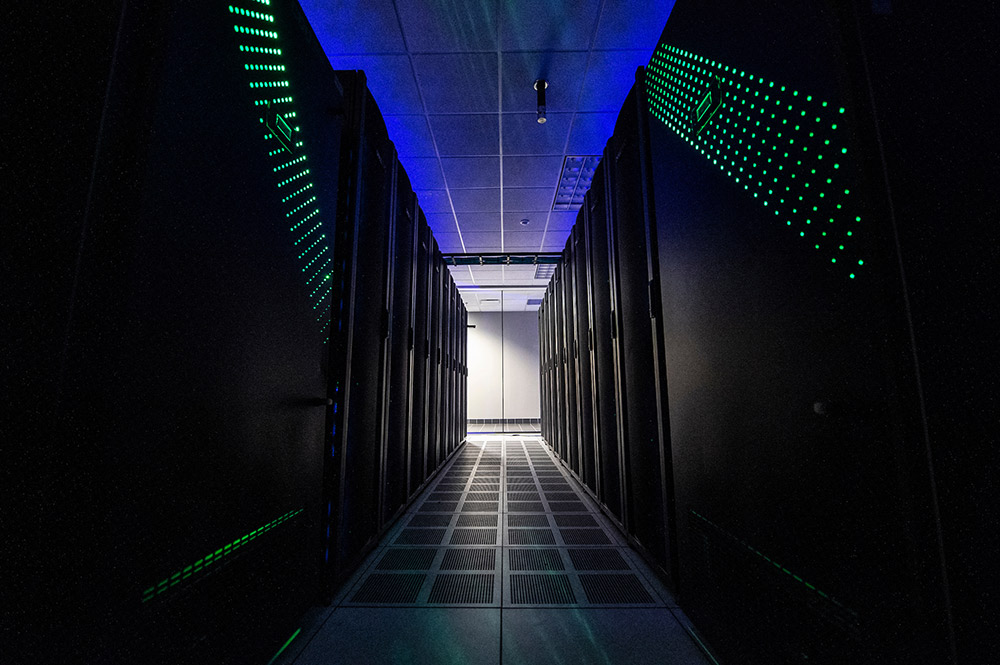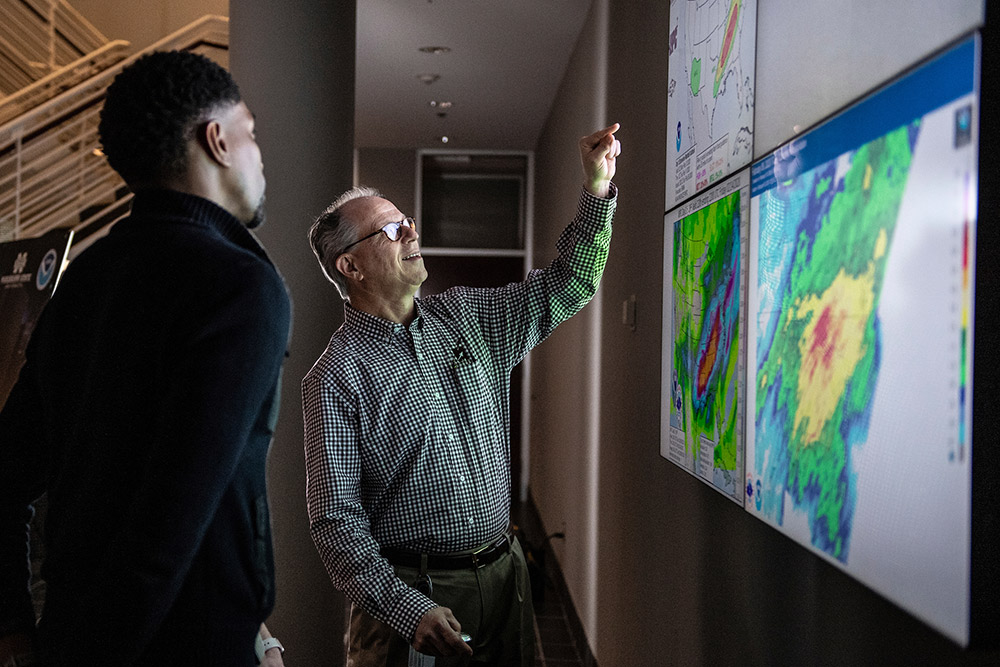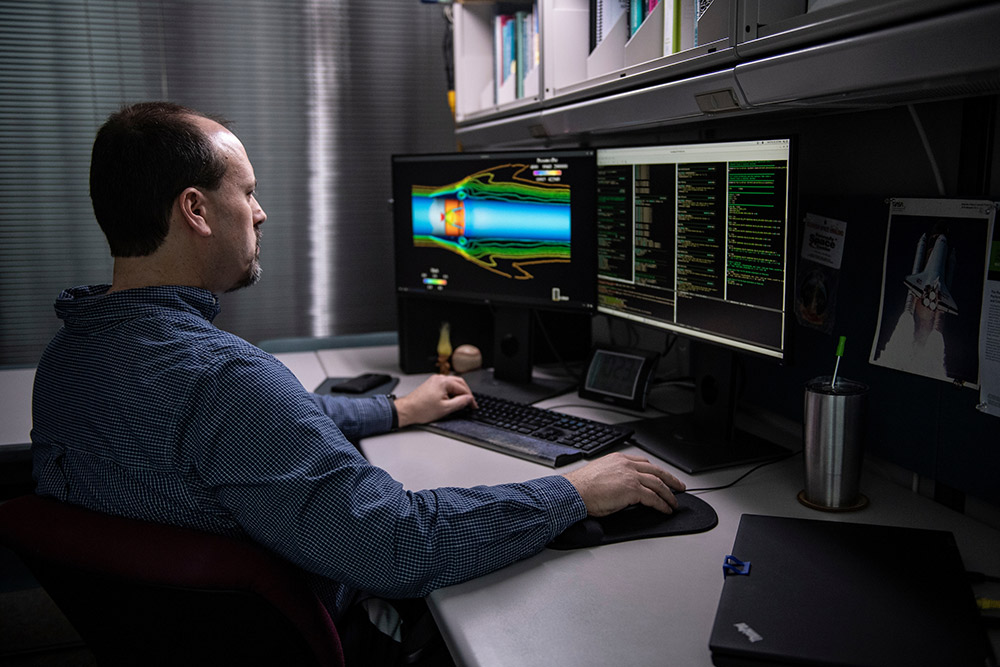
Learning is supersonic at Mississippi State University, where students have one of the world’s fastest academic supercomputer systems at their fingertips.



In today’s information age, speed and technology drive innovation and economic advantage. At Mississippi State University, students have an edge in learning and hands-on experience with an academic supercomputer system so fast, it can accomplish more than 5 quadrillion — that’s 5,000,000,000,000,000 — computations a second.
What can students do with a system like this? The question should be, what CAN’T they do?

In November 2021, MSU was ranked fifth in U.S. academic supercomputing capability by Top500.org, which ranks the world’s most powerful non-distributed computer systems.
.jpg)
Students studying molecular modeling, transportation modeling and planning, and weather and ocean modeling are advancing their studies and preparing for careers with the support of this cutting-edge technology. Moreover, MSU’s supercomputer systems support multiple academic disciplines, including fluid and structural mechanics, nanophysics, genomics and bioinformatics.
Mississippi State has led computing research for decades, having a supercomputer appear on 31 of the last 52 Top500 lists, dating back to 1996. The supercomputer is a cluster of hardware and software, aggregating hundreds of computers to harness their collective capabilities for solving large, complex problems. Clustering to create supercomputers is an area Mississippi State pioneered when the university began researching with clusters in 1987.
Today, MSU’s high-performance computing systems support shared research at the university’s centers for Advanced Vehicular Systems, Computational Sciences and Cyber Innovation, as well as the Geosystems Research Institute, the Institute for Genomics, Biocomputing and Biotechnology, and the university’s Northern Gulf Institute, which focuses on solving large-scale conservation problems.
Setting the Orion system apart are speed and capability that could potentially lead to groundbreaking new research opportunities for MSU.
The Orion supercomputer system, funded by the National Oceanic and Atmospheric Administration, is the result of a decades-long legacy the university has built for solving real-world problems through technology and ingenuity. For example, NASA conferred with MSU to resolve safety concerns with Sen. John Glenn’s 1998 space mission. When the Navy needed a better submarine, Mississippi State students and faculty aided in the design.
Mississippi State has also helped build a better, safer engine cradle for Chevrolet’s Corvette, assisted Homeland Security with cyber strategies, administered supercomputing programs at the Department of Defense and tracked weather and climate patterns for the National Oceanic and Atmospheric Administration.

